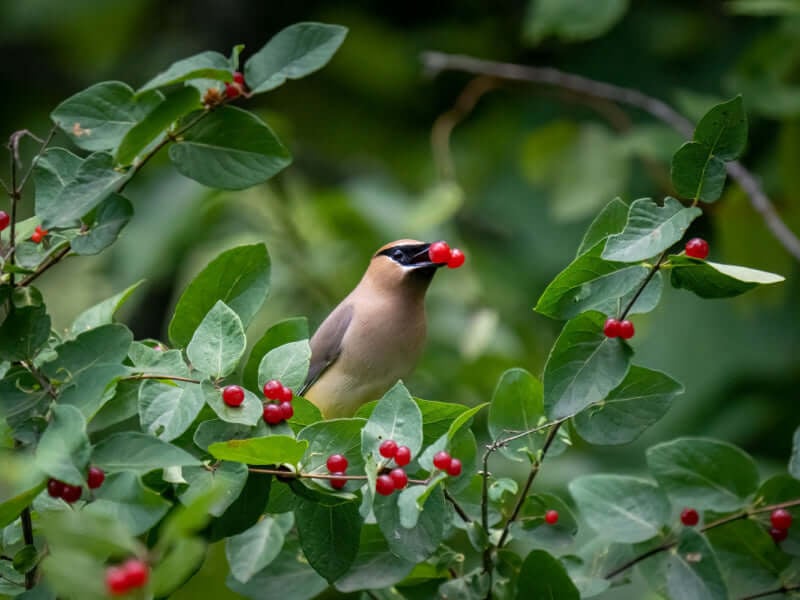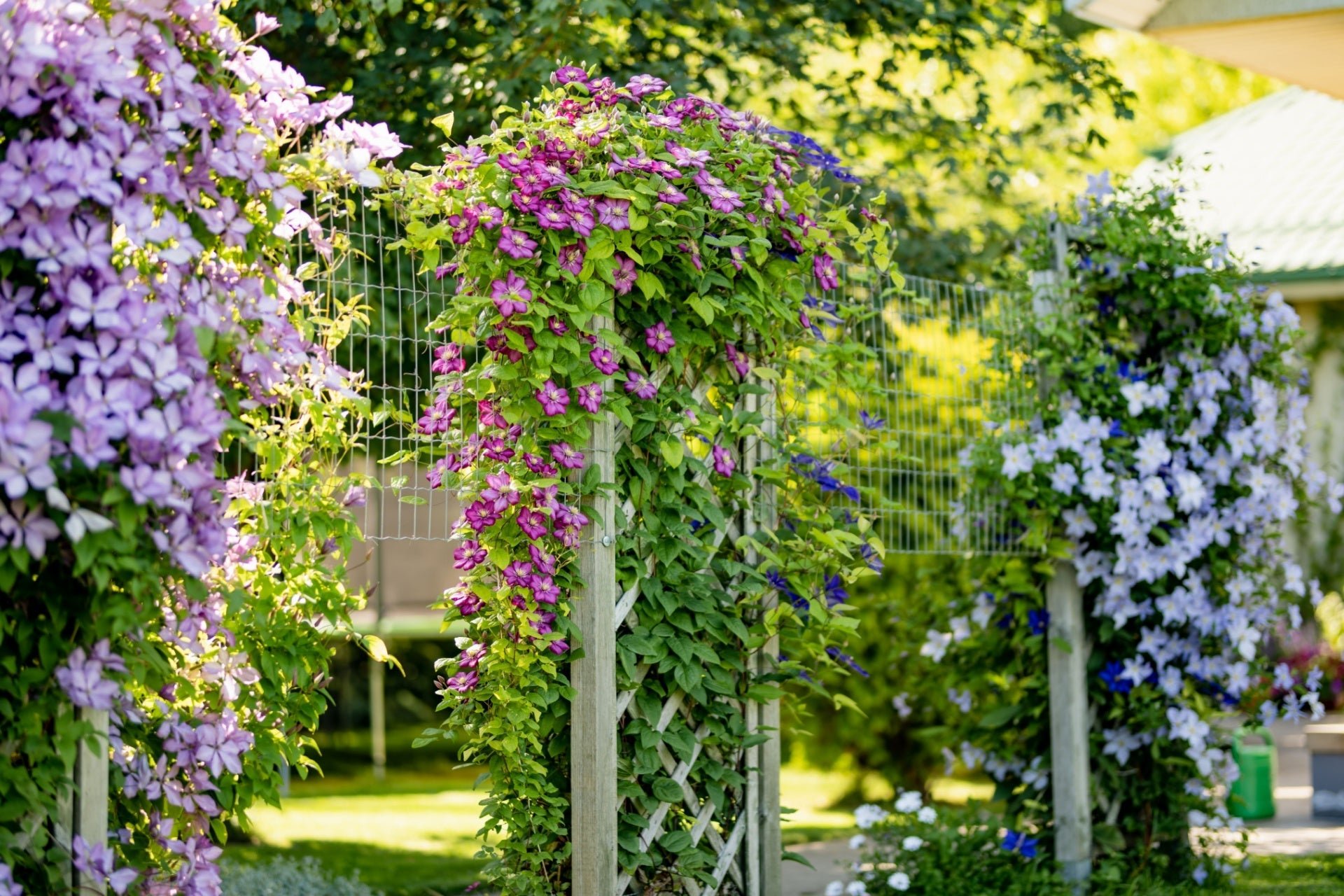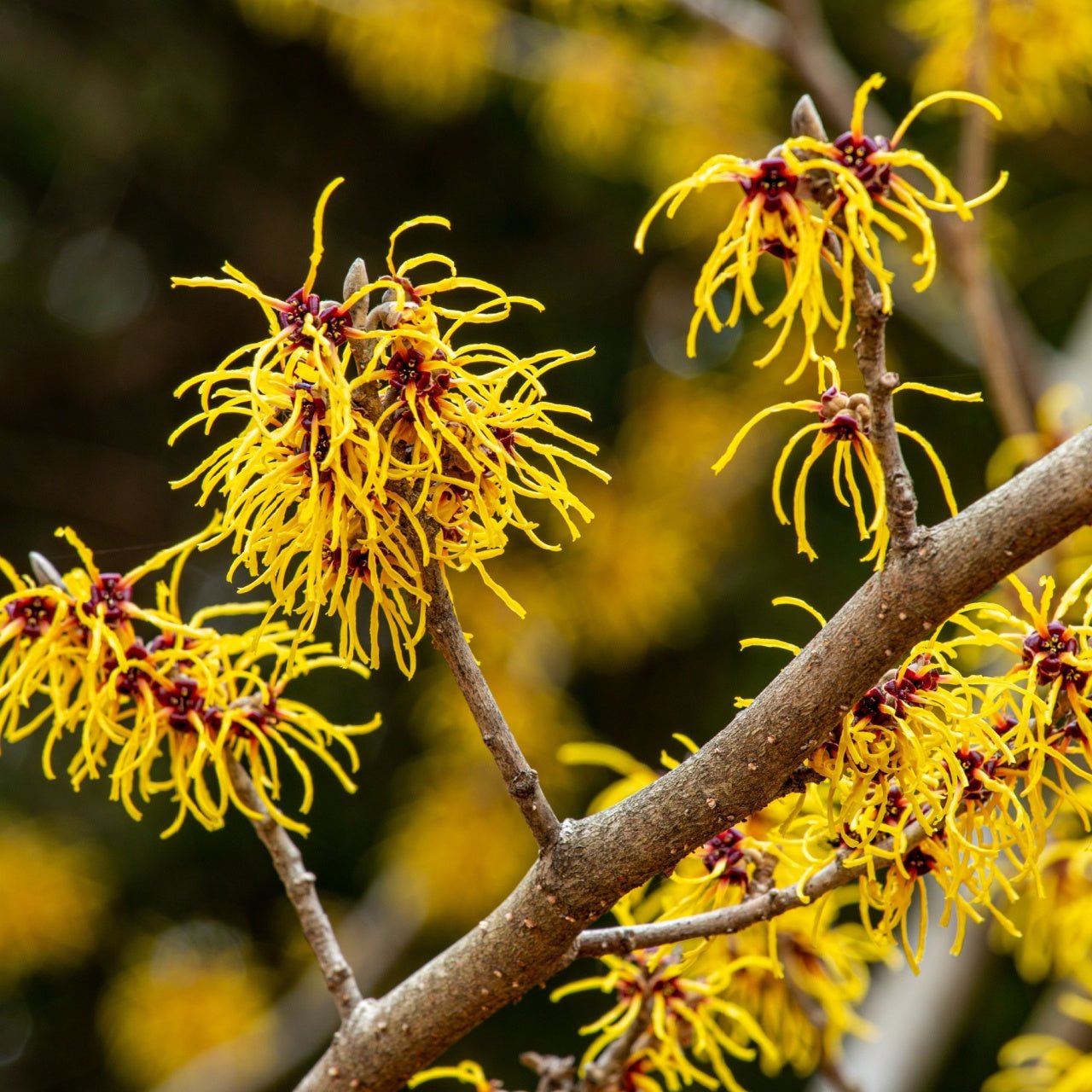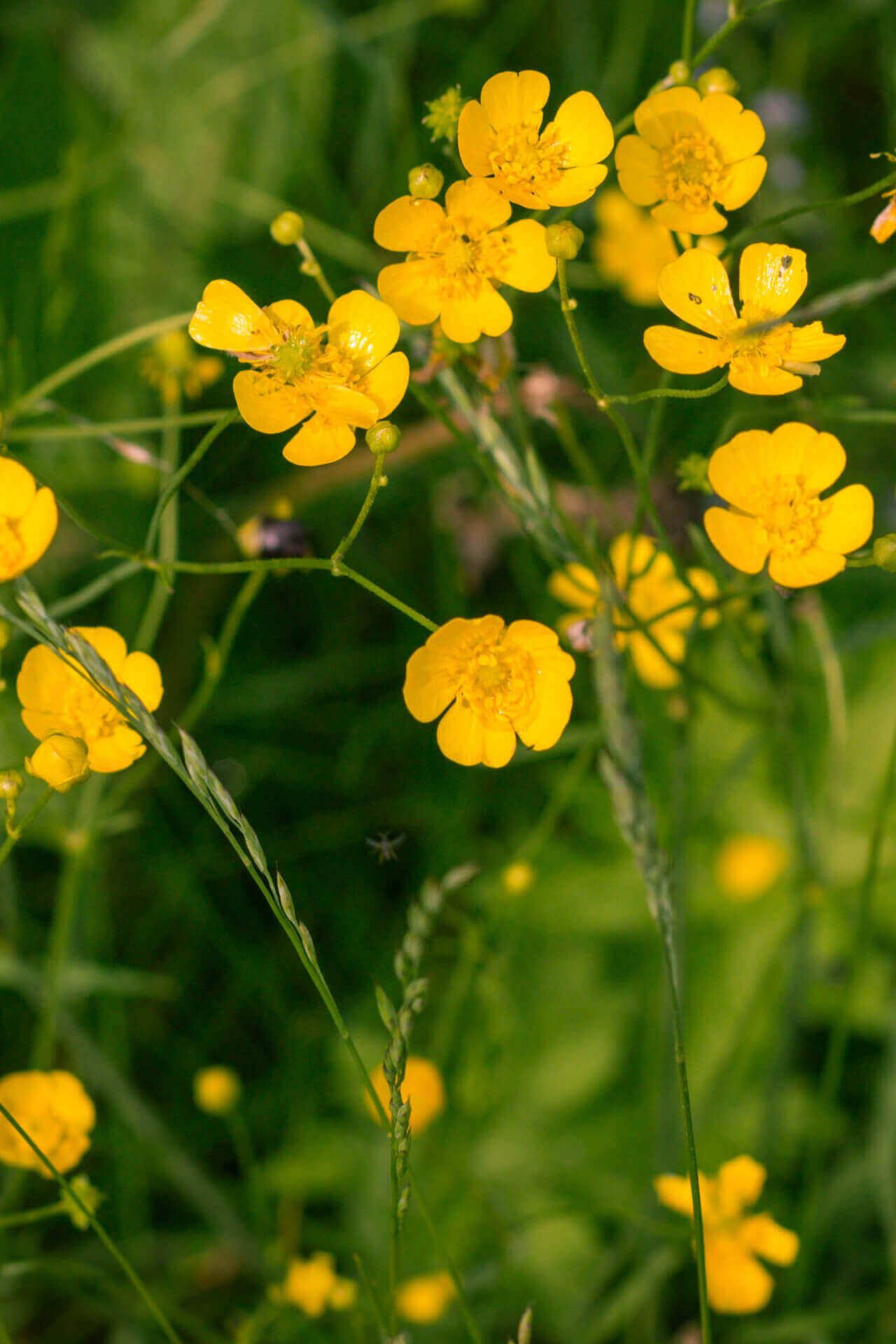Balancing Aesthetics and Ecology in Front Yards
Sustainable landscaping supports the environment. Many new houses are still landscaped with a line of shrubs around the foundation and a small tree in the front yard. Such landscaping is dated and requires lots of maintenance. You can do so much better with a little imagination.
The Importance of Balancing Aesthetics and Ecology
The first question many people ask about using native plants is "Will it damage my curb appeal?" Native plants include many beautiful plants that enhance the curb appeal of any home. Sustainable landscaping is low maintenance, too.
Why It Matters
Traditional landscaping tends to prioritize appearance at the expense of environmental health. Most front yards are mostly turfgrass with a tree and then shrubs along the foundation. The tree and shrubs are probably native to Europe or Asia, not North America. In order to make them grow, these plants require a lot of water, fertilizer, and frequent pest control. These inputs become expensive. In addition, fertilizer and pesticides wash off lawns and into streams and lakes, harming them.
In contrast, a front yard landscaped with sustainability in mind usually has less turfgrass and more landscape beds. The beds are irrigated with drip irrigation and require much less water, especially after the plants are established. Many native plants put on quite a show with their foliage and blooms. Native plants are much more valuable to birds and wildlife than non-native plants.
Principles of Ecological Landscaping
Ecological landscaping has a few principles you should follow to get the most out of your landscape.
Native Plants as a Foundation
Native plants are always the foundation of ecological landscaping. Using plants native to your area of the country means they are automatically adapted to the amount of rainfall, the fertility of the soil, and the pests and diseases in the area.
Biodiversity and Wildlife Support
As the population increases and pushes into areas that used to be rural, habitat for wildlife disappears. Some animals adapt to living in the suburbs and continue to do just fine. Other wildlife isn't so lucky. Having native plants creates a wildlife corridor that birds and beneficial insects can use to get from one habitat fragment to another. Small wildlife use these corridors, too. You can add birdhouses for common native birds, pollinator friendly flowers, and small water sources such as bird baths, fountains, and small ponds to help wildlife further.
Water Conservation Strategies
I mentioned drip irrigation. Drip irrigation is as much as 50% more efficient than sprinklers when watering plants. Xeriscaping brings to mind rocks and cactus, but it is really a way to use some water conservation strategies to reduce water use. Rain gardens and permeable pathways help in storm water management and in recharging aquifers.
Aesthetic Considerations in Eco-Friendly Design
Curb appeal is important to most of us. Aesthetics don't have to suffer in eco-friendly landscape design.
Designing with Visual Appeal
One way of organizing a landscape is to pick a pallet. Plants come in all shades of green. You can use the green as a background color around colorful blooms, or use different textures and shapes for shade plants, which typically don't have colorful blooms. Many shade plants are varigated, which also adds interests.
Blue can be not just blue, but pale blue, light blue, blue, dark blue, navy, etc. Reds and pinks do well together. Using the same color pallet across landscape beds connects them to the landscape.
Seasonal Interest
Make your plants work all year. Choose plants that have blooms during the spring and summer and have interesting foliage or trunks in the fall and winter. For example, witch hazel trees have blooms in late fall and have interesting trunks. Dogwoods bloom in early spring, and many perennials bloom during spring and summer. Deciduous trees often put on a fall display with red, orange, and yellow leaves before the leaves fall. Evergreen trees provide winter interest, windbreaks, and places for birds and animals to shelter during storms.
Blending Hardscaping with Nature
Hardscapes are the human constructed parts of the landscape such as sidewalks, driveways, and patios. The most common hardscapes are not permeable, so water runs off of them. However, you can get permeable concrete, although it is more expensive. Use natural stones or pavers to construct pathways and patios that allow rainwater to soak into the soil instead of rain off into the storm drains. Stones come in many colors and pavers can be dyed, so you can match your house's color scheme without too much difficulty.
Practical Tips for Balancing Aesthetics and Ecology
Here are some tips to allow you to balance aesthetics and ecology in your landscape.
Landscape Audit
First, do a landscape audit. What plants do you have now? Are they native or non-native? Where are the buildings and hardscape areas in the landscape? Draw a plan of your property to scale on graph paper so you know where you are starting.
Next, check the sunlight each place in your landscape receives early in the morning, at midmorning, noon, mid afternoon, and late afternoon. Write that down. What type of soil do you have? What is the pH of your soil?
Soil Sample
You will probably need to take soil samples from each landscape bed, the front lawn, and the back lawn to answer the last two questions. Each state has a soil lab that processes soil samples for a nominal fee. Your Extension agent can direct you to the website for forms and instructions.
Make Changes in Phases
Few of us have the time or resourced to redo our landscape all at once. Plan to make changes in logical phases. For example, do one landscape bed entirely before you move on to the next one.
Low Hanging Fruit
Start with the low hanging fruit. Make a list of the changes you want to make, then prioritize them. Some changes have more impact than others. Reducing the size of the lawn by replacing turfgrass with native ground covers is something that immediately has a big impact. Turfgrass uses more chemicals and water than all the rest of the landscape combined. It supports very little life, as well. Flowering ground covers such as creeping thyme or creeping buttercups can really help pollinators and other beneficial insects. They do not handle traffic as well as some turfgrass, so leave stripes of grass in areas that have a lot of traffic or use paving stones to form a safe path through the ground cover.
Mulch
Mulch around trees and shrubs and on bare areas in landscape beds. Mulch helps hold in soil moisture, stabilizes soil temperatures, and helps reduce weeds. A 3-inch layer of hardwood mulch looks nice, too. Each spring, add an inch of mulch to return the depth to 3 inches. New mulch also spiffs up the flower beds.
Small Changes Help
Small changes help if you cannot make big ones. If you replace one non-native plant with a native plant, you can help out beneficial insects and birds. At TN Nursery, we specialize in native plants. We can suggest plants for almost any area of your landscape that are native to your area. Give us a call at 931.692.7325 to get started.
Read more

Pin Oak grows 3+ feet annually, thriving in moist, poorly drained soil. Reaching 70–100 feet in zones 4–8, it offers vibrant scarlet fall foliage.

In the early 20th century, deer were almost wiped out by hunting. These days, they seem to be everywhere. Deer can cause a lot of destruction to a landscape.





